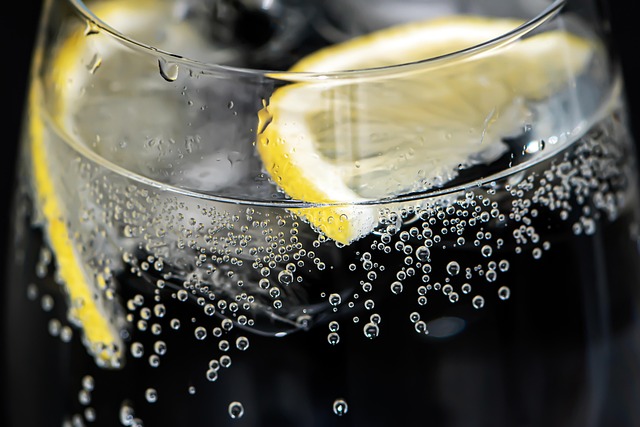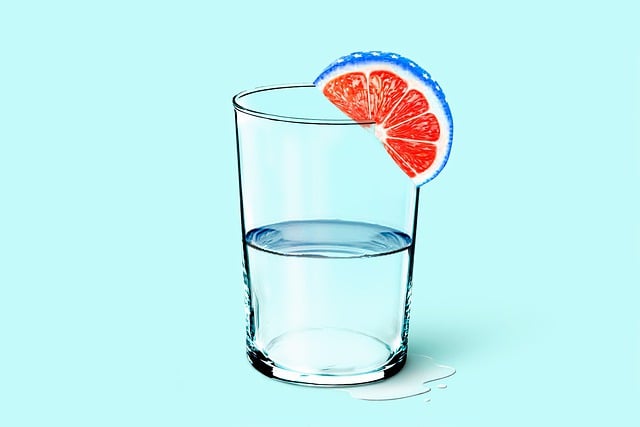Comparing Ice Baths vs Natural Cold Water Immersion Techniques for Cold Plunge Therapy

Cold plunge therapy, an ancient practice gaining modern popularity, involves immersing oneself in wa…….
Cold Water Immersion Therapy: A Comprehensive Analysis
Introduction
Cold Water Immersion Therapy (CWIT) has emerged as a multifaceted therapeutic approach, harnessing the restorative properties of cold water to alleviate various ailments and promote overall well-being. This article delves into the intricacies of CWIT, exploring its historical context, scientific rationale, global impact, economic considerations, technological advancements, regulatory landscape, challenges, case studies, and future prospects. Readers will gain a nuanced understanding of this therapeutic practice and its significance in healthcare and sports medicine.
Understanding Cold Water Immersion Therapy
Cold Water Immersion Therapy involves exposing the body to water at temperatures typically between 10 to 15 degrees Celsius for a period ranging from a few minutes to an hour. This therapy is rooted in the belief that cold exposure can trigger physiological responses beneficial for recovery and health. Its core components include sensory nerve stimulation, vasoconstriction, and psychological effects, which collectively contribute to its therapeutic value.
Historically, cold water therapies have been used in various cultures for their healing properties. The ancient Greeks and Romans practiced cold showers, and indigenous peoples around the world have long utilized cold water immersion for health and ritualistic purposes. Today, CWIT is recognized for its role in reducing muscle soreness, improving circulation, and aiding in the recovery of athletes, as well as its potential benefits for mental health and stress relief.
Global Impact and Trends
Cold Water Immersion Therapy’s global influence is evident across different regions, each adapting to local climates and cultures. In countries with access to cold water environments, such as Scandinavia and Japan, the practice has deep cultural roots. Conversely, in regions without natural cold water sources, specialized facilities have been established to offer CWIT.
Key trends shaping its trajectory include the integration of CWIT into mainstream fitness and rehabilitation programs, advancements in safety protocols, and increasing scientific interest in its efficacy. The rise of wellness tourism has also led to the development of destinations specifically for cold water immersion experiences.
Economic Considerations
The economic landscape of CWIT is multifaceted, encompassing market dynamics, investment patterns, and its role within economic systems. The demand for alternative therapeutic methods has led to significant investments in research, infrastructure, and technology related to CWIT. This therapy contributes to various sectors, including healthcare, tourism, and sports industries, generating employment and economic activity.
Market dynamics indicate a growing consumer interest in natural and holistic health practices, which bodes well for the expansion of CWIT services. However, the economic viability of such ventures depends on careful planning, marketing strategies, and an understanding of local regulations and markets.
Technological Advancements
Technological advancements have significantly influenced CWIT, from the design of thermal baths to the development of wearable devices that monitor physiological responses during cold exposure. Innovations such as controlled ambient temperature environments and advanced filtration systems ensure safer and more efficient therapy sessions.
Future potential includes the integration of virtual reality to enhance the therapeutic experience, biometric monitoring for personalized treatment plans, and AI-driven systems to optimize recovery outcomes. These advancements not only improve the efficacy of CWIT but also expand its accessibility.
Policy and Regulation
The regulatory framework governing CWIT varies by region, with some countries having stringent guidelines and others offering minimal oversight. Key policies and regulations focus on safety standards, environmental impact, and quality assurance in treatment protocols.
Legislative frameworks are crucial for protecting public health, ensuring ethical practices, and maintaining the integrity of CWIT services. Compliance with these regulations is not only a legal requirement but also a marker of high-quality service providers.
Challenges and Criticisms
CWIT faces several challenges and criticisms, including debates over its scientifically proven benefits, the need for standardized treatment protocols, and concerns regarding accessibility and safety. Challenges such as environmental impact, particularly in regions with scarce water resources, must be addressed to ensure sustainable practices.
To overcome these issues, a multidisciplinary approach combining clinical research, stakeholder collaboration, and public education is essential. Enhancing the evidence base through rigorous scientific studies can also help address skepticism and improve the therapeutic outcomes associated with CWIT.
Case Studies
Successful applications of CWIT are exemplified by various case studies from around the world. For instance, Finland’s public saunas and cold-dipping traditions have been linked to the country’s low rates of certain diseases. In professional sports, athletes like swimmers and runners have incorporated CWIT into their recovery routines, reporting improved performance and reduced injury risk.
Lessons learned from these case studies highlight the importance of cultural sensitivity, community engagement, and the need for tailored approaches to maximize the benefits of CWIT.
Future Prospects
The future outlook for CWIT is promising, with potential growth in its acceptance as a mainstream therapeutic modality. Advancements in research are expected to clarify its mechanisms of action and efficacy, further legitimizing its use. The integration of CWIT into holistic health and wellness programs, along with its expansion into new markets, suggests a bright future for this ancient practice.
Conclusion
Cold Water Immersion Therapy represents a fascinating intersection of tradition, science, and commerce. Its global impact is evident in the ways it has been embraced and adapted across different cultures and economic systems. As technological advancements continue to shape its delivery and regulatory frameworks ensure its safety and efficacy, CWIT stands poised to play an increasingly significant role in the wellness landscape of the future.
This overview provides a comprehensive look at Cold Water Immersion Therapy, touching upon its historical roots, current practices, technological advancements, economic impact, regulatory environment, and potential future developments. As with any therapeutic practice, ongoing research and critical evaluation are essential to ensure that CWIT remains both effective and accessible to those who can benefit from it.

Cold plunge therapy, an ancient practice gaining modern popularity, involves immersing oneself in wa…….

Cold exposure therapy, involving brief exposures to extreme cold, has gained popularity as a natural…….

Cold plunge therapy, a growing trend touted for reduced inflammation and improved circulation, requi…….

Cold exposure therapy, through methods like ice baths or cold showers, triggers physiological change…….

Cold water immersion (CWI), a promising cryotherapy alternative, offers athletes an effective way to…….

Cold water immersion, a tradition dating back thousands of years, has evolved from ritualistic pract…….

Cold Water Immersion Therapy (CWIT) is a post-exercise practice involving submersion in cold water b…….